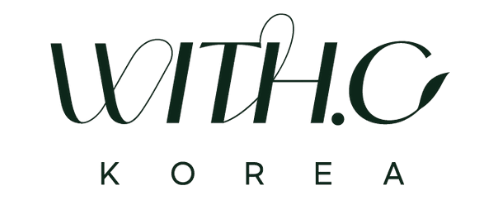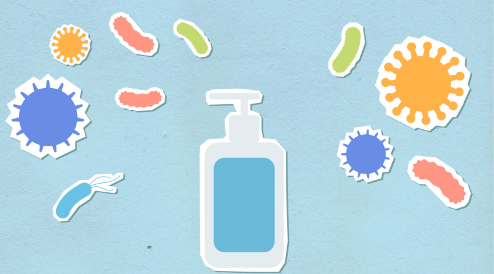What are cosmetics antioxidants and preservatives, and why we need it?
To maintain the quality and stability of cosmetics, certain ingredients must be included.
Specifically, antioxidants and preservatives are essential. Many people may confuse these two, but their purposes are very different.
First, antioxidants prevent cosmetics from reacting with oxygen, known as “oxidation.”
Preservatives, on the other hand, prevent cosmetics from being contaminated by microorganisms.
Let’s look at each one in detail.
[Antioxidants]
The primary purpose of antioxidants is to maintain the efficacy of cosmetics, which may decrease due to oxidation, and to prevent changes in color and odor.
In particular, the oil components in cosmetics can oxidize when exposed to air.
Here, oxygen refers not only to the oxygen in the air but also to oxygen combined with moisture, heat, light (such as UV rays and ozone), and metals (such as Fe and Cu).
When cosmetics oxidize, peroxides are generated, which can cause odor and irritate the skin. Therefore, using highly purified raw materials free from impurities is essential to slow down oxidation in the cosmetic itself.
Sometimes, completely opaque cosmetic containers are used (e.g., Estée Lauder’s brown essence bottle). Despite the increased cost of these opaque containers, they are often used to prevent oxidation.
What ingredients are used as antioxidants? Antioxidants are usually more effective when used in combination rather than alone, creating a synergistic effect. Here are some commonly used ingredients:
1. Vitamin C (Ascorbic Acid)
Vitamin C is easily oxidized in the air when used alone, but it is used for its functional properties such as whitening and anti-aging in addition to its antioxidant effects.
2. Vitamin E (Tocopherol)
Vitamin E prevents the oxidation of phospholipids and unsaturated fatty acids adjacent to the cell membrane components, promoting blood circulation and preventing oxidation in both cosmetics and body cells. The optimal concentration for use as an antioxidant is about 0.03% to 0.05%.
3. BHA (Butyl Hydroxyanisole)
BHA is a synthetic antioxidant that appears as a colorless to white crystalline powder. It is very stable in heat but can cause slight discoloration in light. It is typically used at concentrations of 0.005% to 0.05% and is more effective when used with BHT.
4. BHT (Dibutyl Hydroxytoluene)
Like BHA, BHT is a synthetic antioxidant that appears as a colorless to white crystalline powder. It is insoluble in water but dissolves well in oils and organic solvents. It is stable in light and heat and is typically used at concentrations of 0.01% to 0.05%.
[Preservatives]
Preservatives prevent cosmetics from being contaminated by microorganisms such as bacteria, fungi, and yeasts, ensuring safe use until the product’s expiration date. Although parabens were commonly used in the past, there is a growing trend to avoid them. Despite experts stating that small amounts are safe, concerns about hormonal disruption and skin irritation have led to their reduced usage.
What ingredients are used as preservatives?
1. Parabens
Parabens are non-toxic, odorless, and widely used in foods and pharmaceuticals. Common types include methylparaben, ethylparaben, and propylparaben. Methylparaben and propylparaben are typically mixed in a 2:1 ratio. The permissible concentration in cosmetics is about 0.2% for methylparaben and 0.1% for propylparaben.
2. Phenoxyethanol
This preservative was developed as an alternative to parabens, but the FDA has warned that it can affect the nervous system, causing symptoms such as vomiting, diarrhea, and decreased breathing, leading to its decreased usage.
3. 1,2-Hexanediol
While not as effective as parabens, 1,2-hexanediol is one of the most commonly used preservatives, excluding parabens and alcohols. It is frequently found in preservative-free or vegan cosmetics and is safe for the skin, typically not regulated in terms of concentration.
[Conclusion]
Today, we learned about antioxidants and preservatives. While personal preferences for cosmetics vary, I believe that using some chemical substances (excluding those officially classified as toxic) is better for maintaining product stability and effectiveness.
What do others think?

